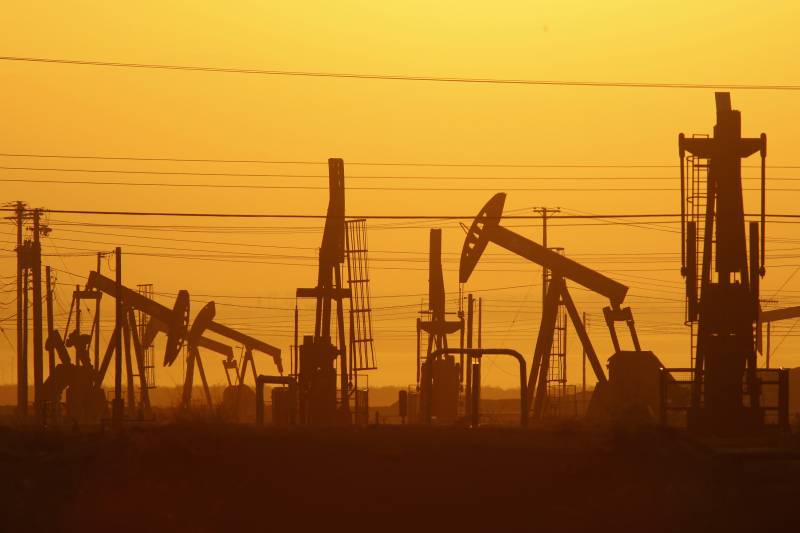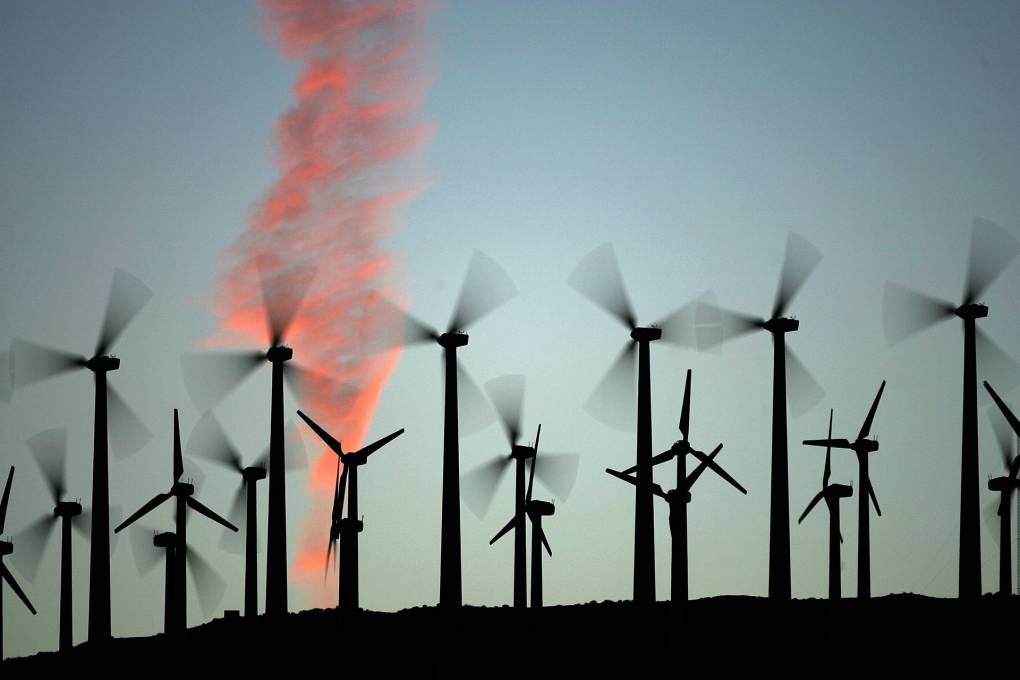California has some of the most ambitious environmental goals in the country. One of them is transitioning away from oil, including a ban on the sale of new gas-powered cars by 2035 and the end of oil production a decade later.
But in the short term, environmentalists are anxiously awaiting a rulemaking process in one of Gov. Gavin Newsom's agencies. They say it will show how committed the Democrat is to meaningful action during his governorship.
NEW: California is now the first state to declare an end to oil extraction in the country.
Today, we're announcing that we will phase out all oil extraction — as part of a world-leading effort to achieve carbon neutrality — and ban fracking by 2024.
— Gavin Newsom (@GavinNewsom) April 23, 2021
At issue is whether California should impose a buffer zone between oil drilling sites and homes, schools or hospitals. Despite its reputation as a climate leader, California has no statewide limit, unlike other oil-producing states including Pennsylvania and Colorado. Even Texas bans wells within 467 feet of a property line.
California environmentalists want a 2,500-foot space, which would be the largest of any state.
These groups point to studies that show living near active drilling sites can elevate the risk of birth defects, cancer, respiratory problems and other health issues. That's in addition to loud sounds and foul smells. It’s not clear how far the agency will go and whether any rules would apply to new drilling, existing wells or both.

